Subotica is the northernmost city in Serbia, only 10 kilometers from the Hungarian border. The city has a population of over 140,000 people. The majority of them are Hungarians and Serbs. Although Serbia is known for being the home to popular brutalist buildings, Subotica, unlike the capital or Novi Sad, offers a small glimpse into the presence of the Art Nouveau movement in Serbia. The following paragraphs will introduce some interesting things to do in Subotica in one day. Many of them highlight the most intriguing Art Nouveau buildings in the town.
Subotica City Hall
You will find it right in the city center on the Freedom Square or Trg Slobode. The building came to life during the years 1908-1912. It is 76 meters high and belongs to one of the main Art Nouveau structures in the town, though it also carries elements of folk art and traditional Hungarian motifs. Designers behind it are Hungarian architects Marcell Komor and Dezsö Jakab. You will see the Zsolnay ceramics, stained glass, floral motifs, and folk ornamentation when you come closer.
The carmine red brick surface and copper domes make it stand out and bear its official administrative character. As a tourist, you must come before noon and wait at the door near the Blue Fountain until they open the building. The entrance fee is 400 dinars (200 for the main hall and 200 for the observation deck), and it is open from Tuesday to Saturday. A guide will provide information in both Serbian and English.
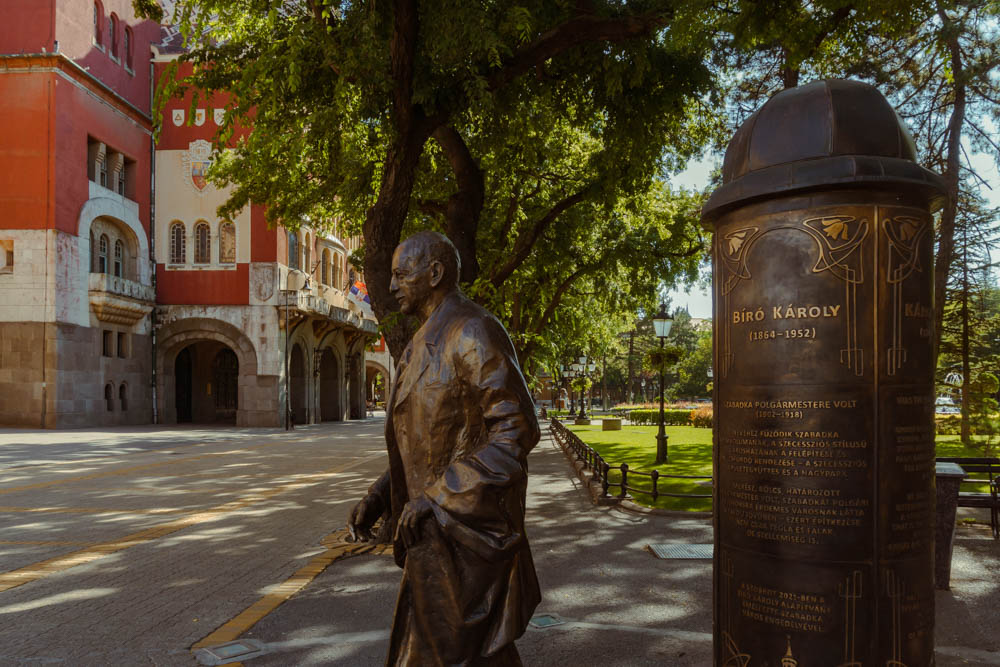
Synagogue
This beautiful Art Nouveau-style building is located on Jakab and Komor Square, far from the City Hall. The synagogue is also a product of Moorish, Oriental, and folk art influences. The same duo of designers is responsible for its look, which is considered one of the most beautiful in Europe. The structure is also a rare example of religious Art Nouveau architecture (another one in Bratislava).
The interior is light-filled with painted arches, organic lines, geometric and floral patterns, and wood-carved elements. The synagogue is open daily from 10 AM except on Monday. During the weekend, it closes doors at 2 PM and during the week at 6 PM. (I wasn’t lucky enough to get inside, but from the outside, it is possible to soak in the greatness. While looking at some images of its inside, I see similarities with the interior of the Blue Church in Bratislava. The entrance fee is around 200 dinars for an adult.
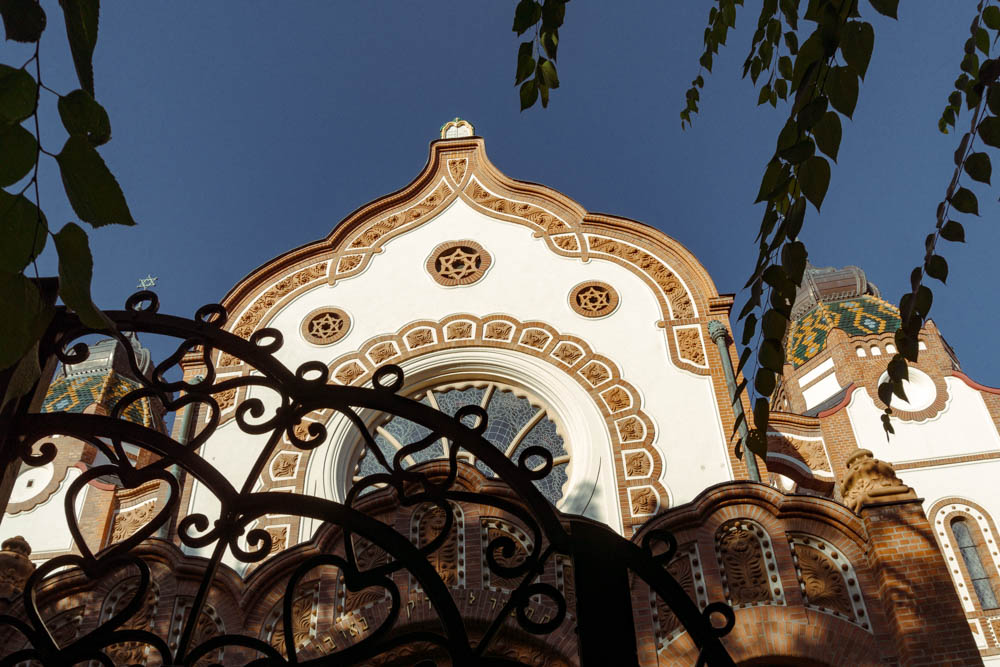
Raichle Palace
The palace is located near the Subotica Synagogue on Ferenc Raichle Street. It was built in 1904 and designed by eccentric Hungarian architect Ferenc Raichle, who lived there. In addition to Art Nouveau, its influences include folk art, Orientalism, and fantasy-like detailing.
From the outside, look closer at the curving lines, ceramic tiles, wrought iron balconies, and floral motifs. The building was a personal project, but Ferenc Raichle lost ownership due to financial troubles not long after building it.
Today, the place is home to Likovni Susret Gallery, which features contemporary art exhibitions. Entry is free or low-cost (around 200 dinars), and you can come daily from Tuesday to Saturday from 10 AM to 6 PM. Be aware that during a hot summer day, it can be very hot inside, too. The buildings lack air conditioning—or they did during my visit in 2024.
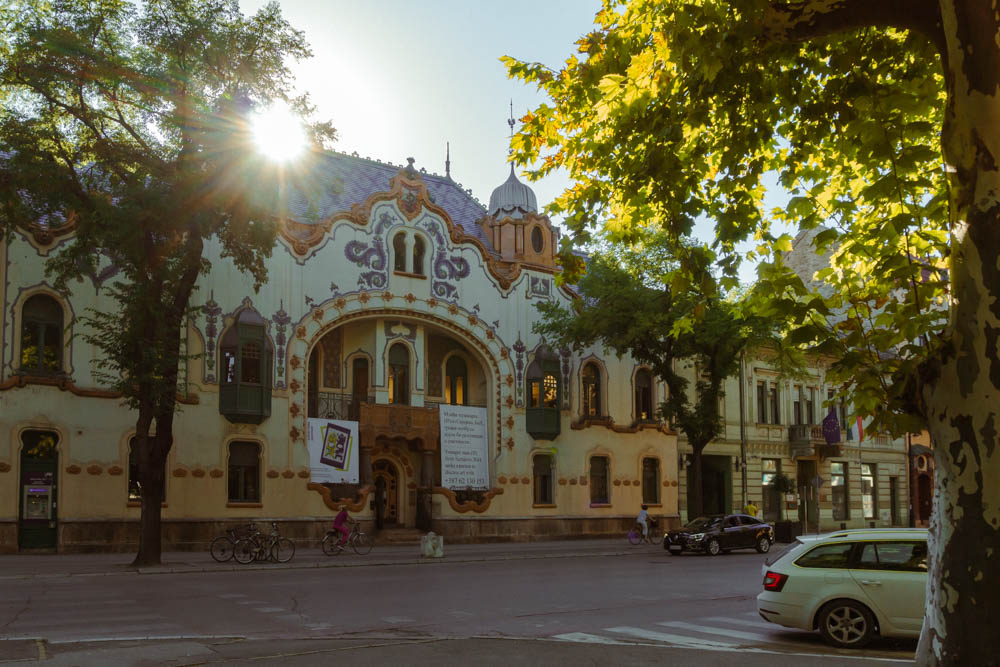
National Theatre
If you’re wondering what else to do in Subotica, the National Theatre is another easily accessible point of interest on the list of must-see cultural landmarks. It is located in Freedom Square, right opposite the City Hall. The building dates from 1854, but it was reconstructed and rebuilt between 2007 and 2022.
The style blends Neoclassical and modern architecture. A contemporary glass-and-steel structure complements the 19th-century façade—the theater hosts Serbian, Hungarian, and Croatian performances.

Freedom Square and Blue Fountain
The city center has the phenomenal Freedom Square, with the big Blue Fountains surrounded by the City Hall and the nearby National Theatre. The place is wide open for pedestrians and lined with trees, benches, and those marvelous Art Nouveau buildings. Locals come to relax, but occasionally, you can attend an open-air event, too.
The Blue Foundation dates from 2001. Its cool tiled surface contrasts with the warm water flow and air during a hot summer day. The water often becomes a resting place and swimming pool for local pigeons. There are a couple of statues around it. Check the nearby coffee shops and their ornamental rooftops. If you enter the City Hall and access its observation desk, you will see the fountain as a blue jewel in the middle of bright tiled sidewalks and greenery.
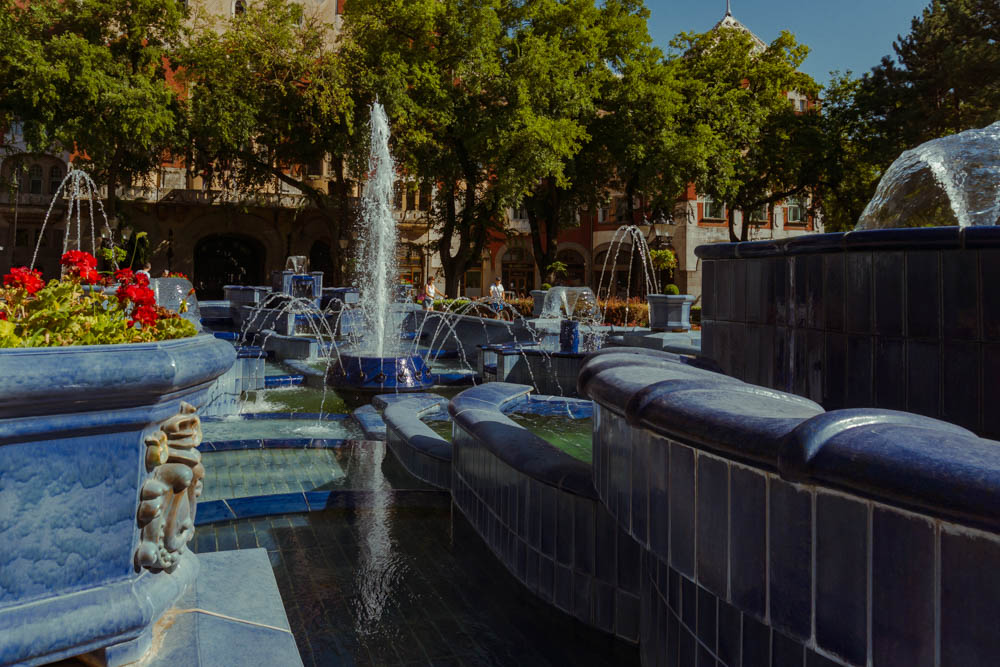
Korzo Street
The street starts from Freedom Square and stretches through the heart of the city center. It is the main promenade where many locals gather to chat, stroll, and enjoy a coffee. The street is a mixture of colorful historic buildings, boutiques, cafés, and ice cream shops. If you want to relax and watch, people stop here and sit on one of the many outdoor terraces. During festivals or weekends, you may catch musicians or dancers performing.
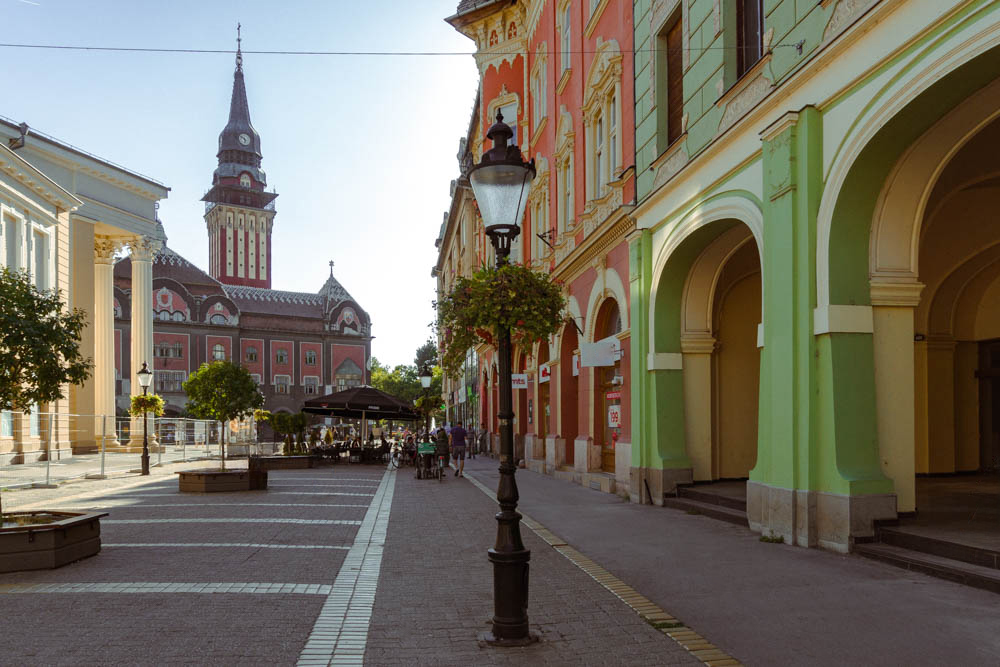
How to Reach Subotica
The best way is to take a bus or drive a car from Belgrade or Novi Sad. If you choose the car, expect a journey of up to 3 hours via the A1 (E75) freeway from Belgrade or up to 2 hours from Novi Sad via the same route. For public transport, check out the site polazak.com. The buses from both towns run throughout the day, and the tickets start at around 15 EUR from the capital.
If you still have time and are looking for what to do in Subotica next, stop by the Zelena Pijaca Farmers Market to check out local food and handmade goods. Dudova Šuma Park is a good place for a walk or a short break from the city. You can also take a quick trip to Palić Lake, known for its promenade, green spaces, and interesting architecture.
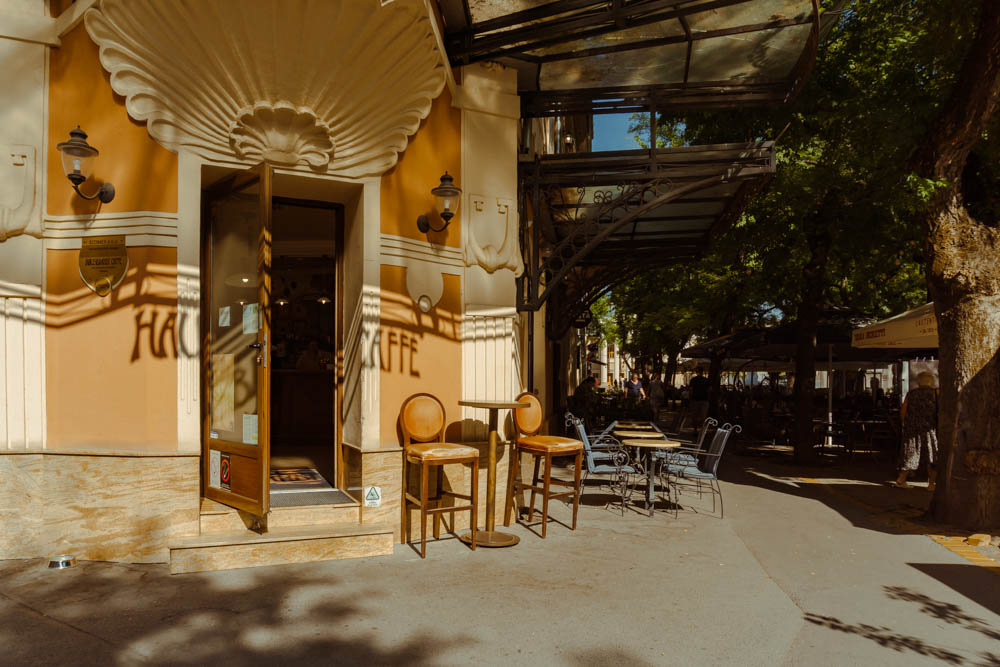
If you’re interested in more Art Nouveau architecture beyond Serbia, look at The Blue Church in Bratislava — a fairytale-style landmark of Slovakia’s most unique buildings.
Sources:
domov.sme.sk/c/1946552/putin-na-slavine-dakujem-ze-si-uctievate-nasich-padlych.html
sk.wikipedia.org/wiki/Slav%C3%ADn_(Bratislava)
Sources: